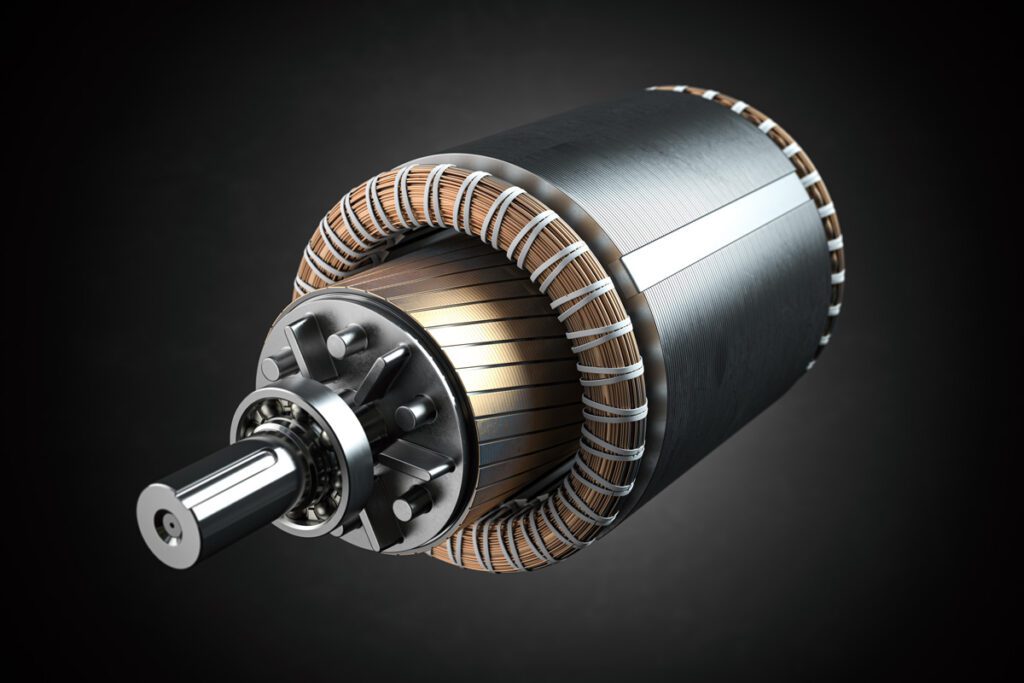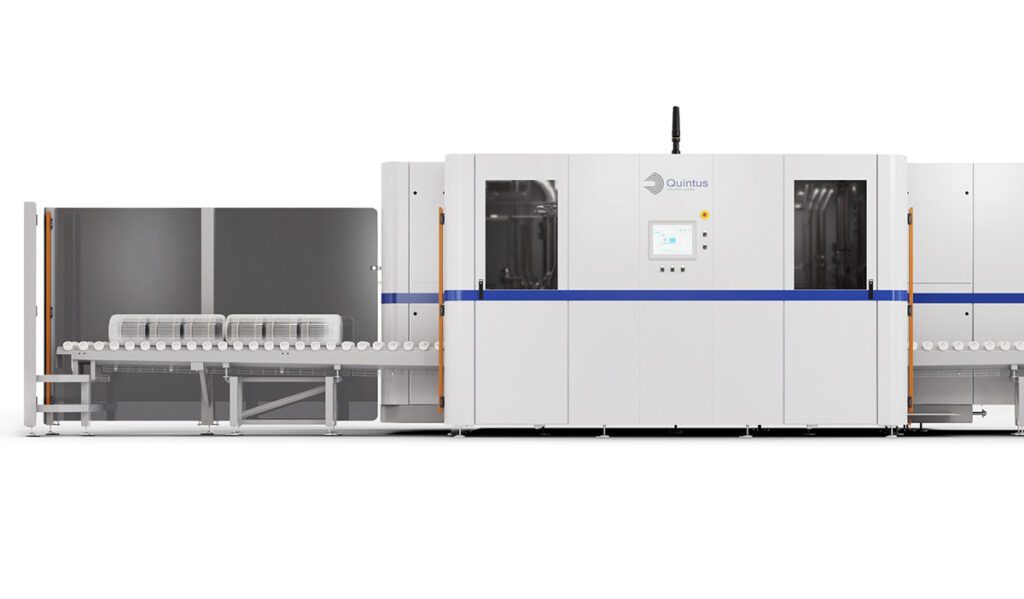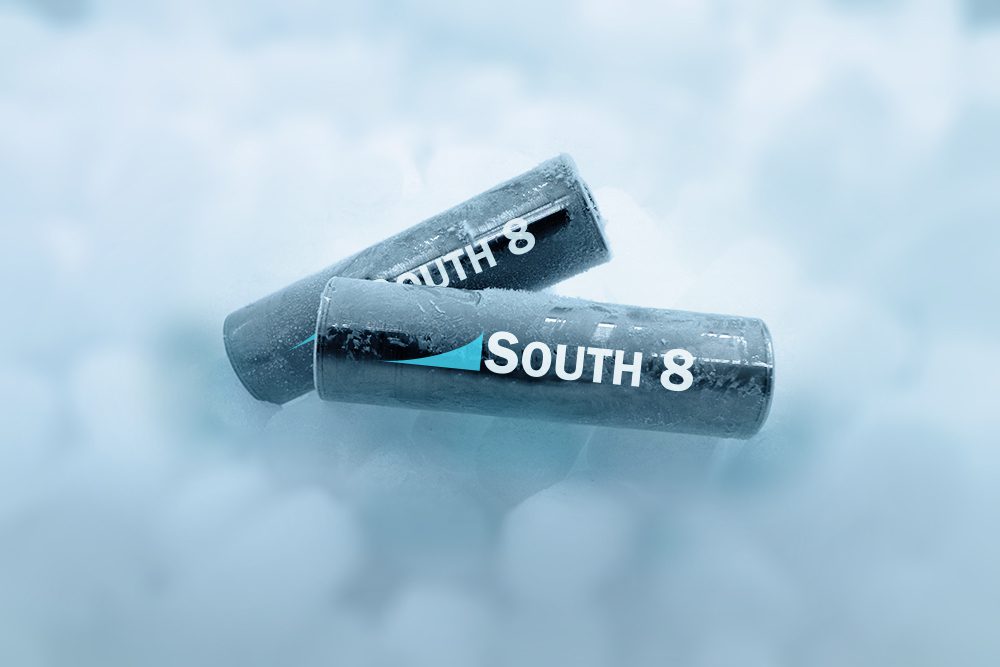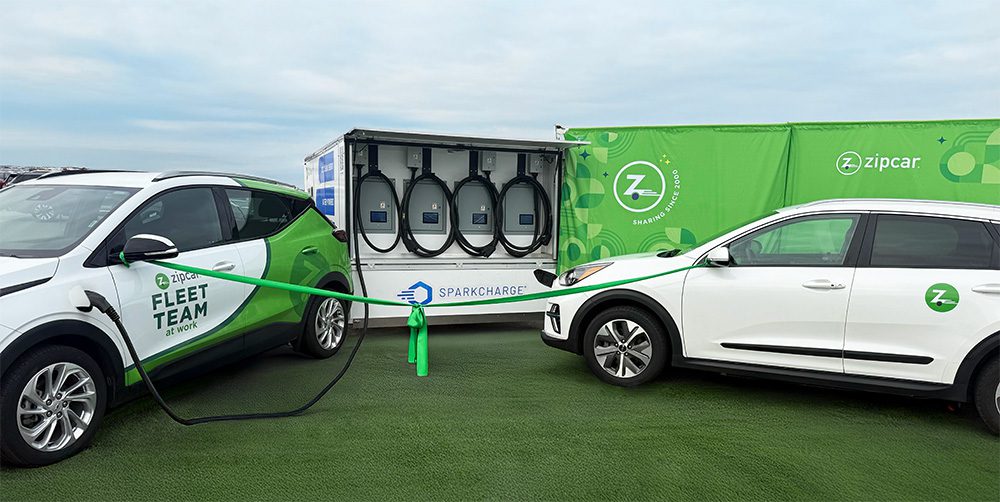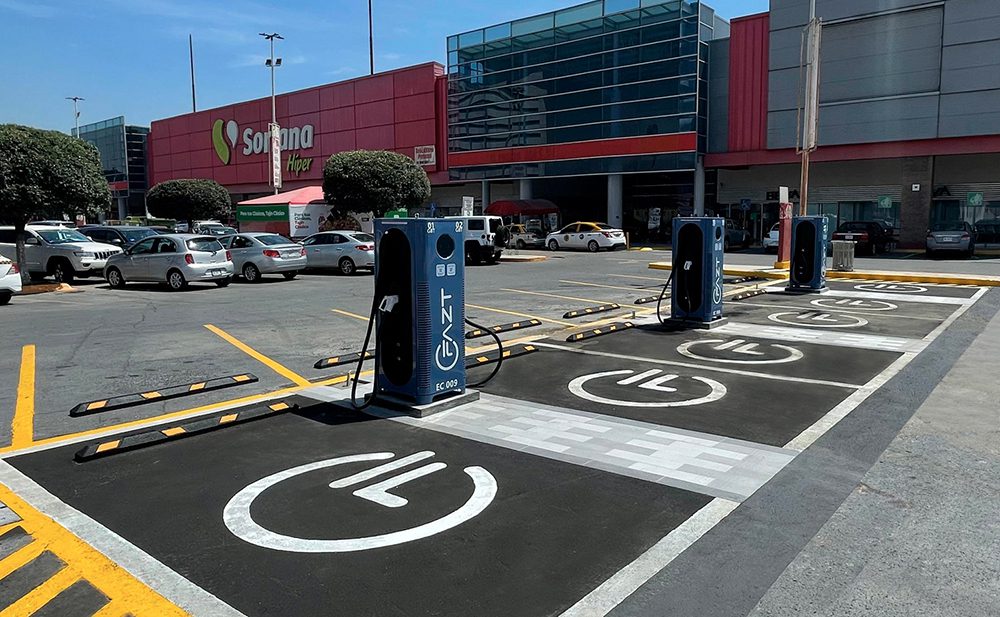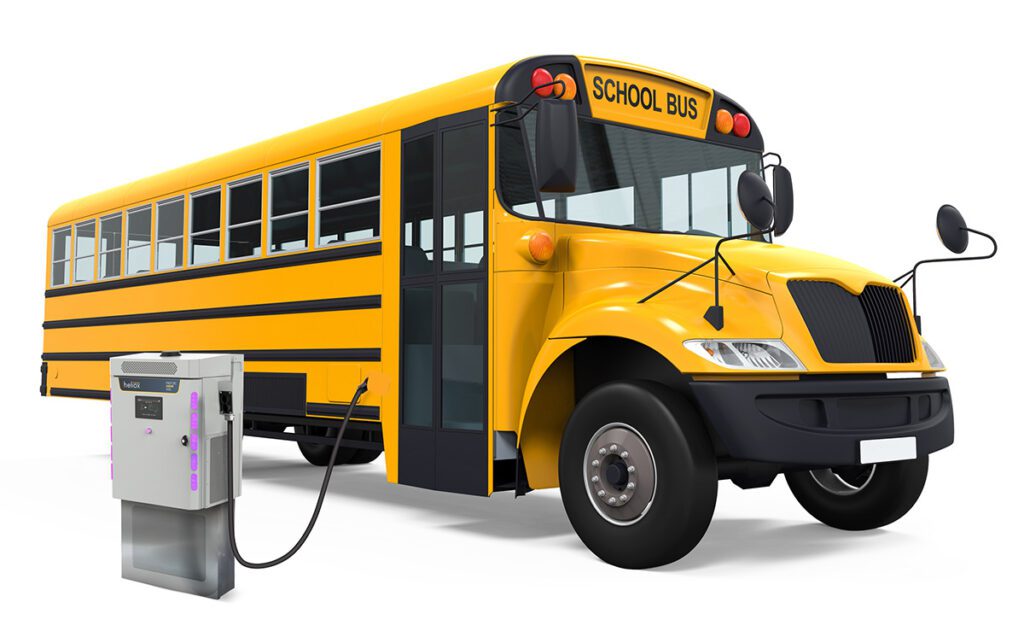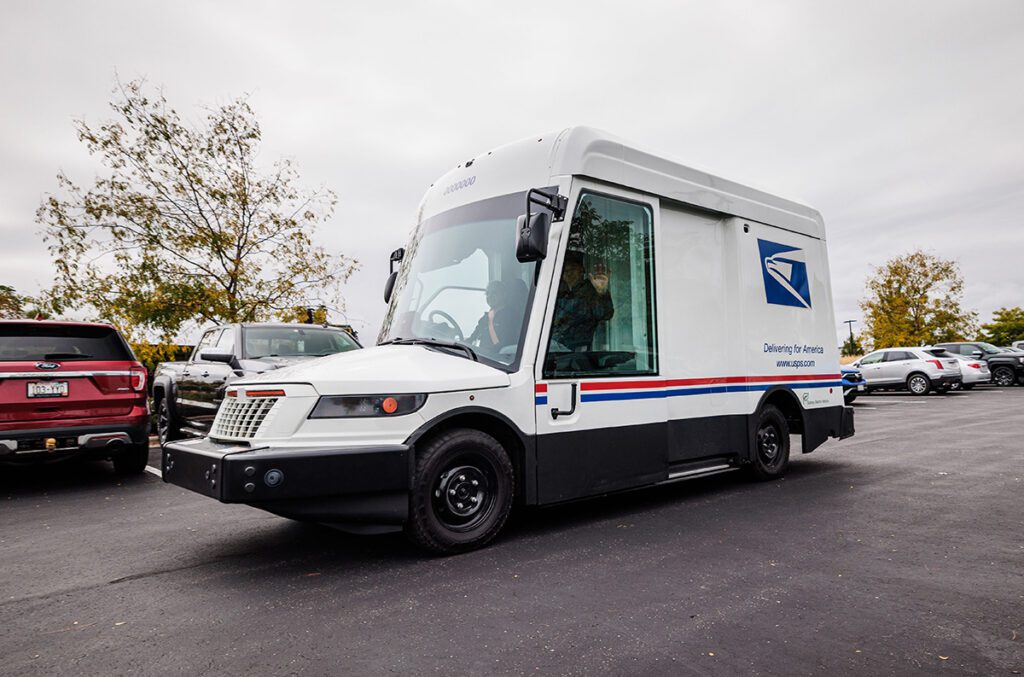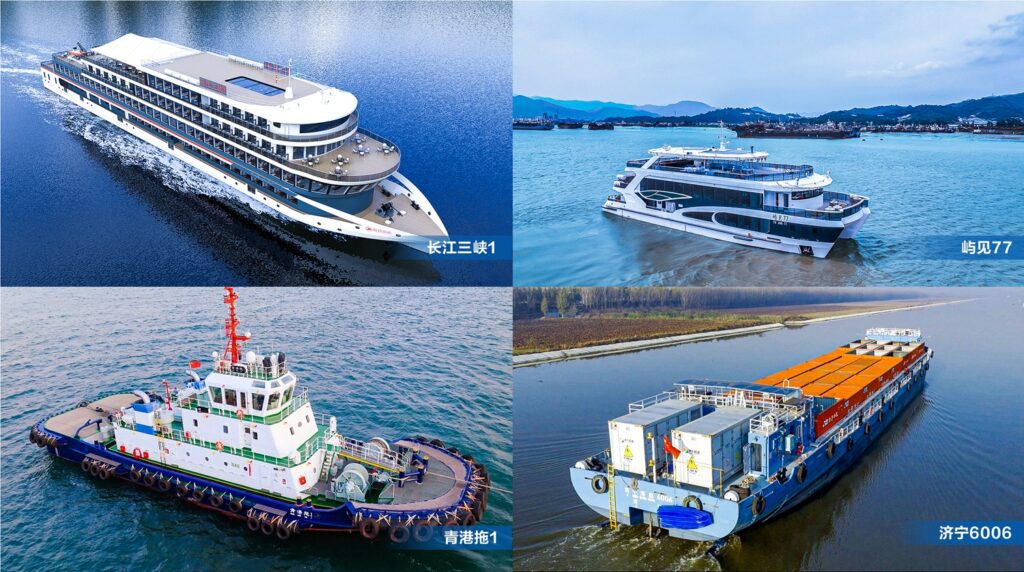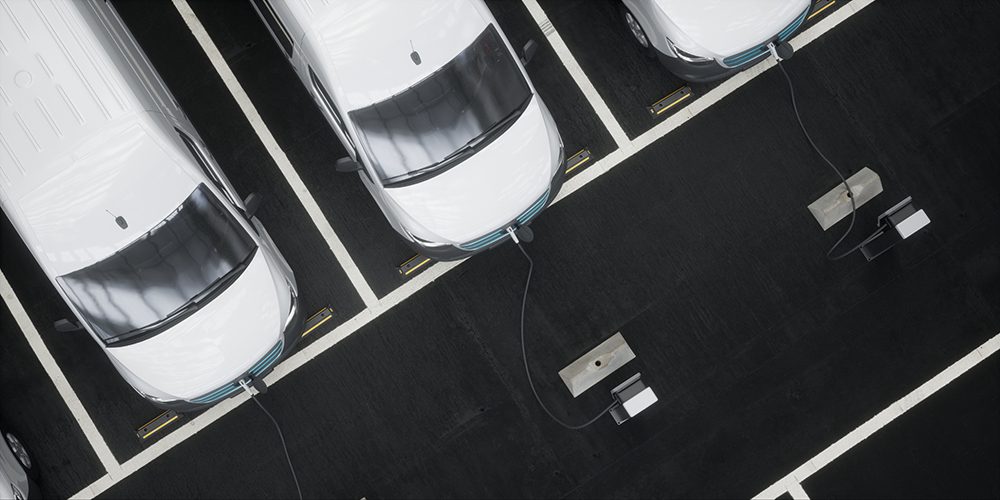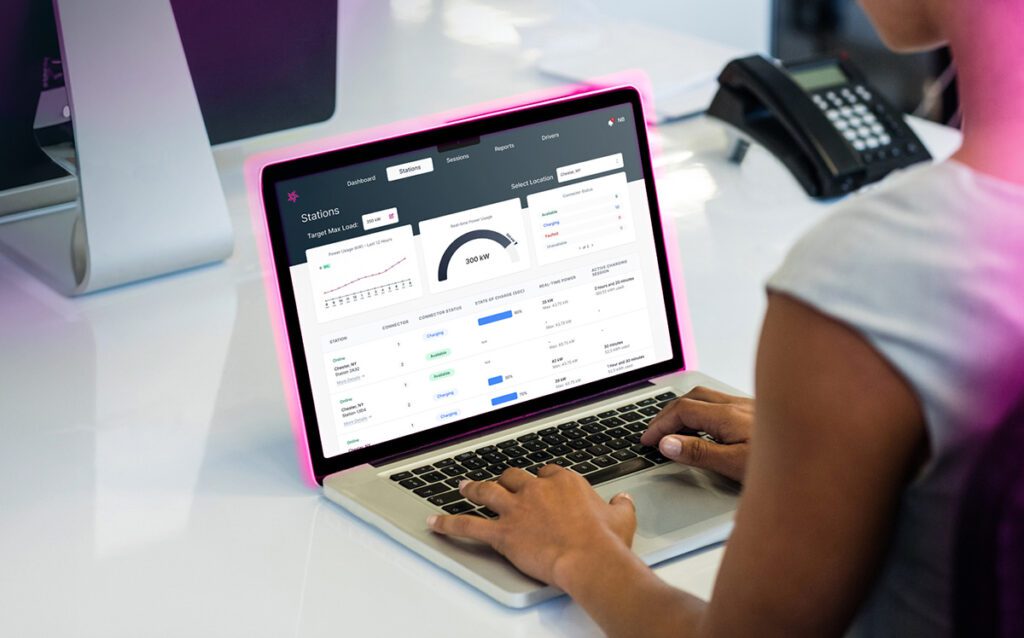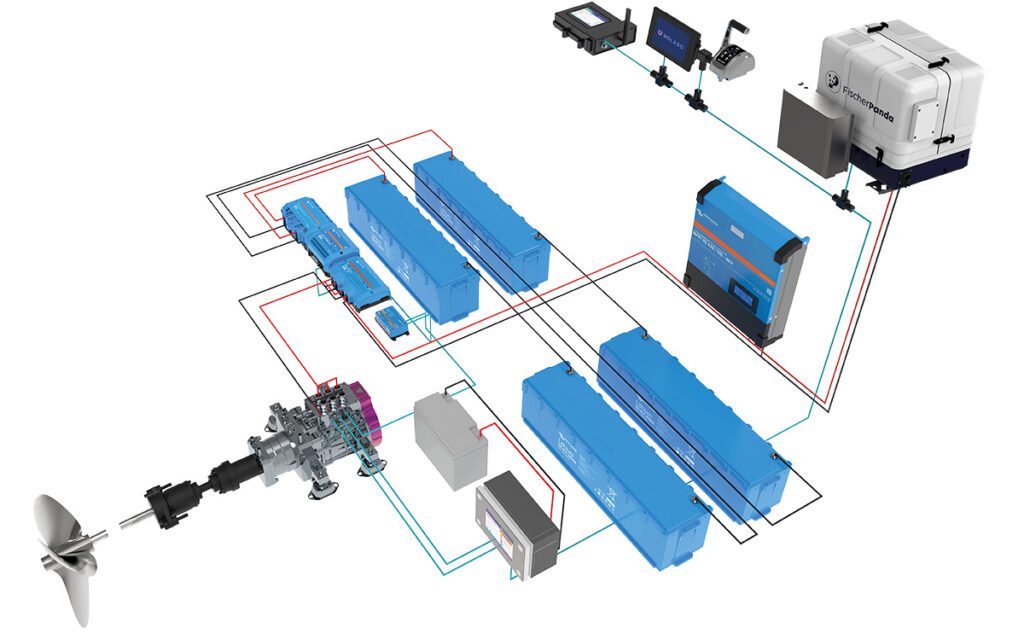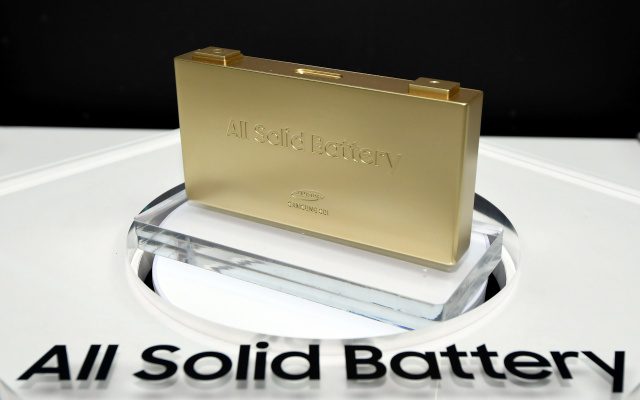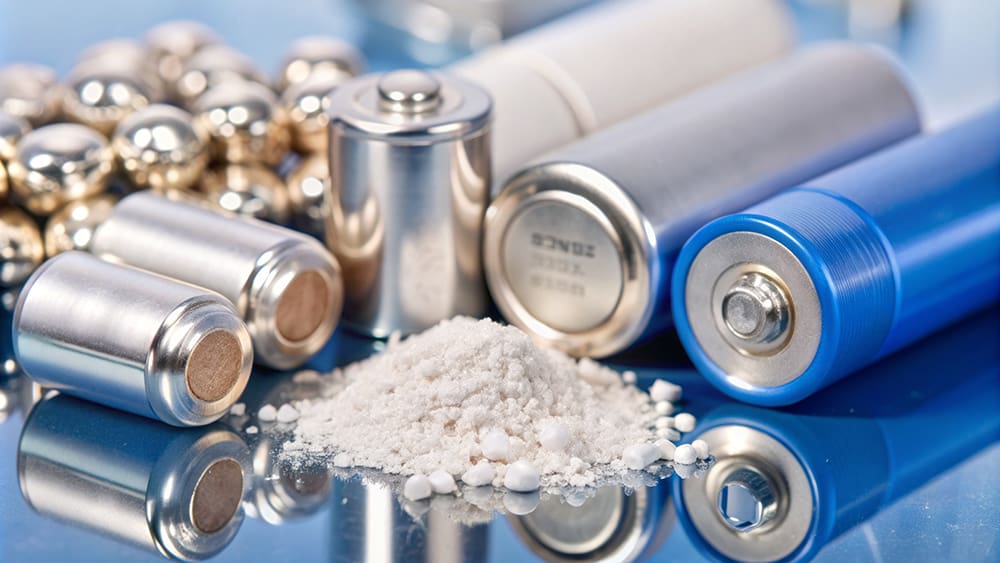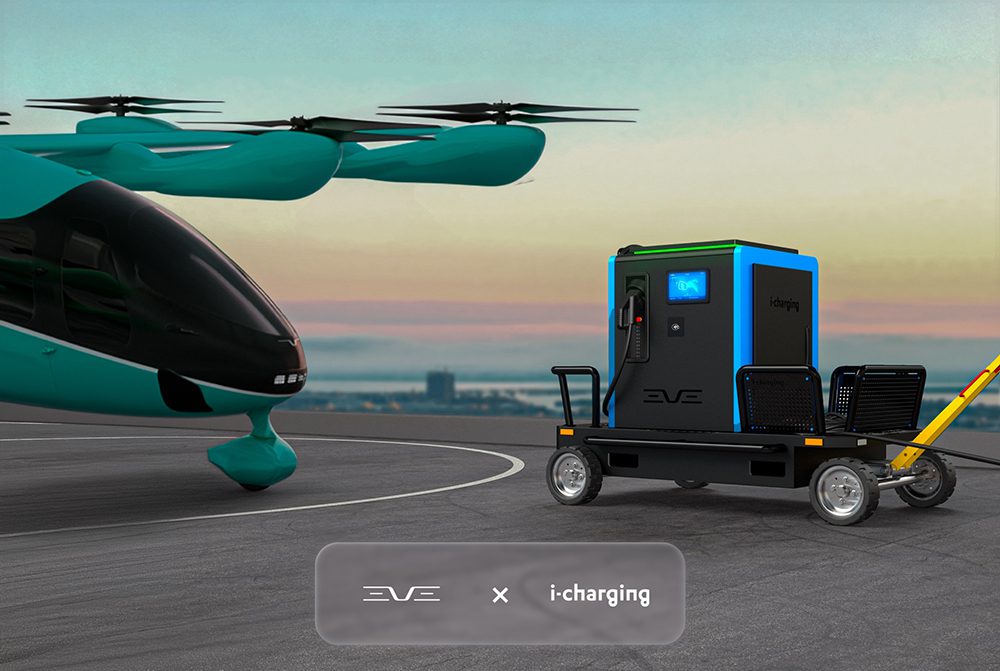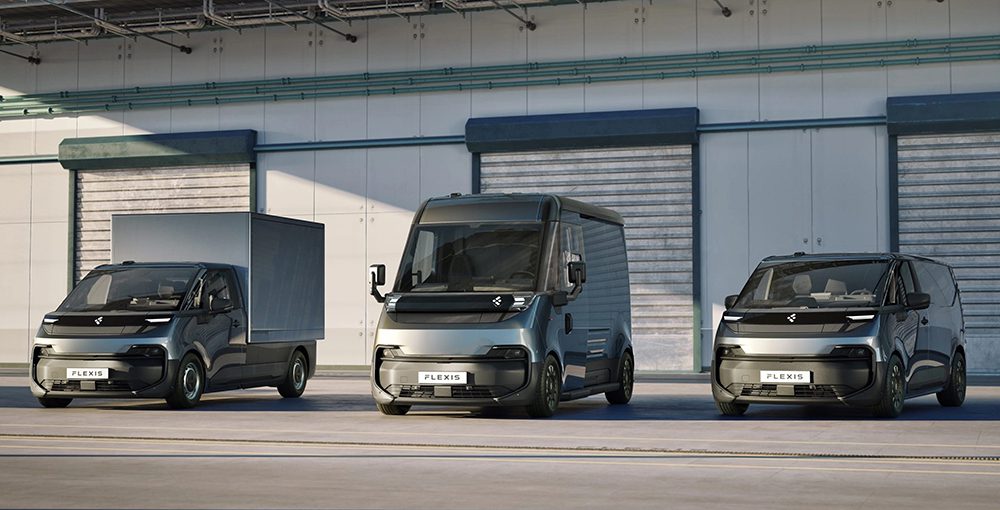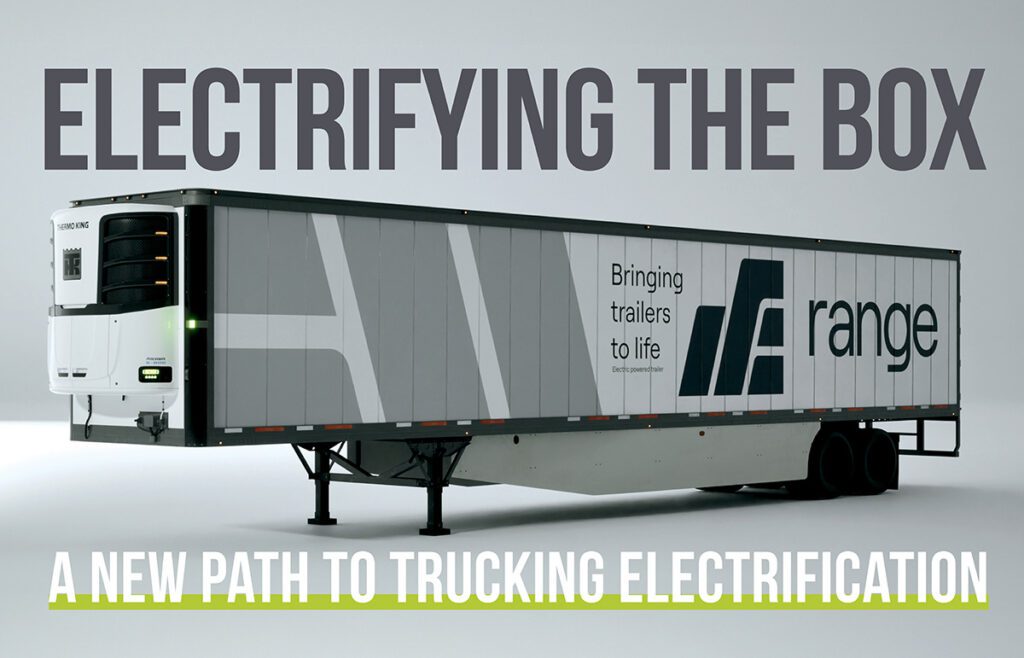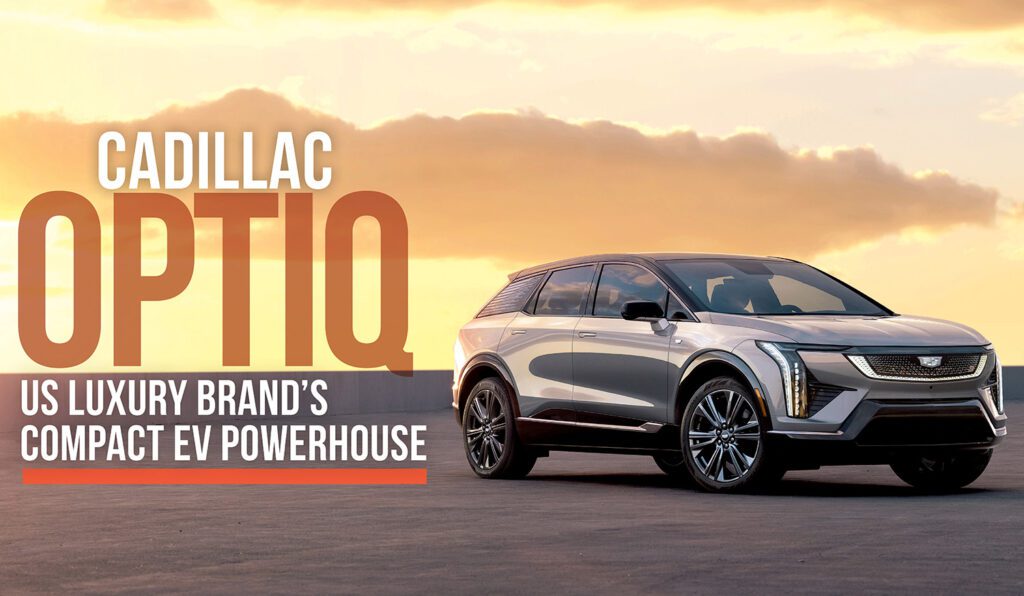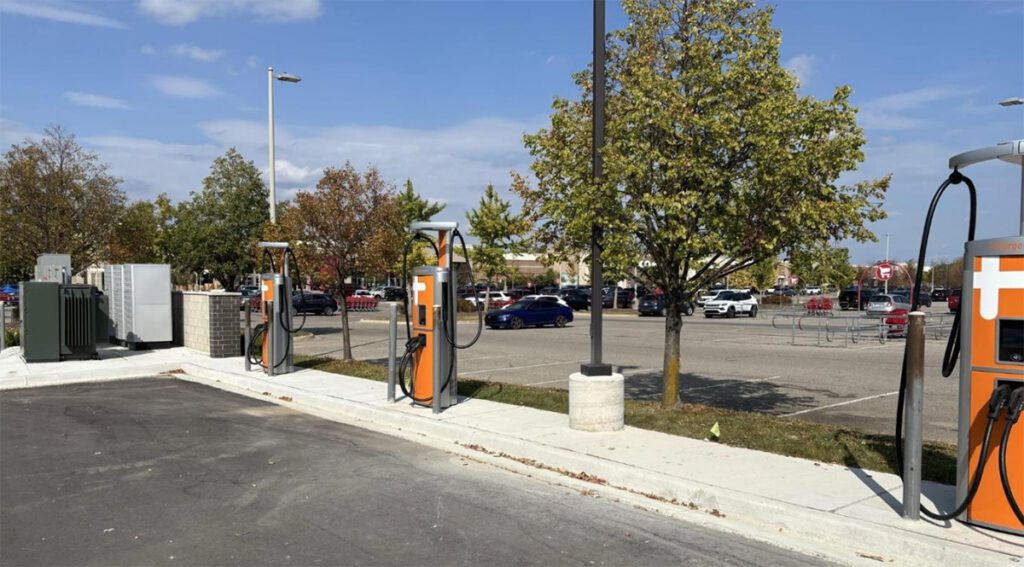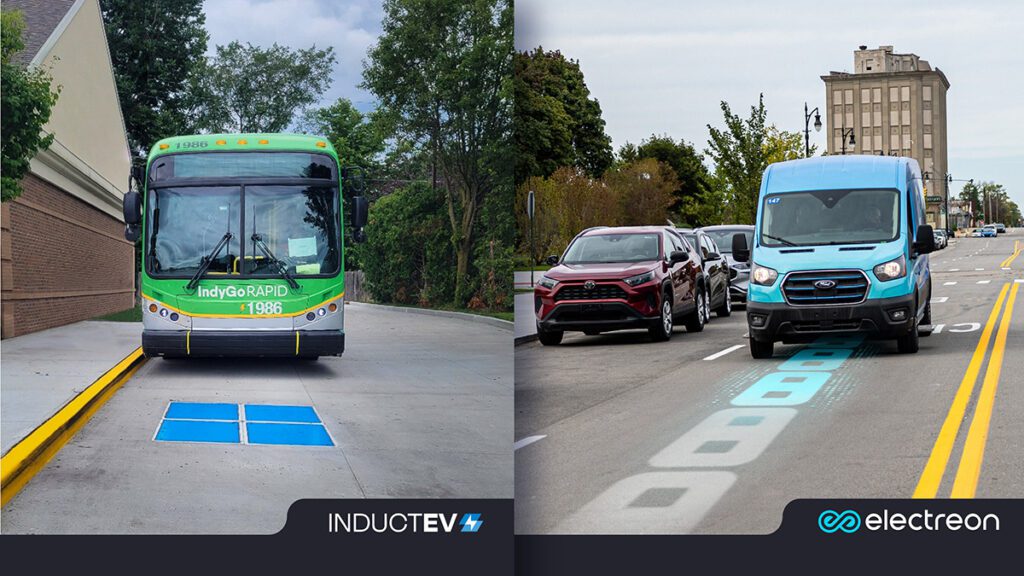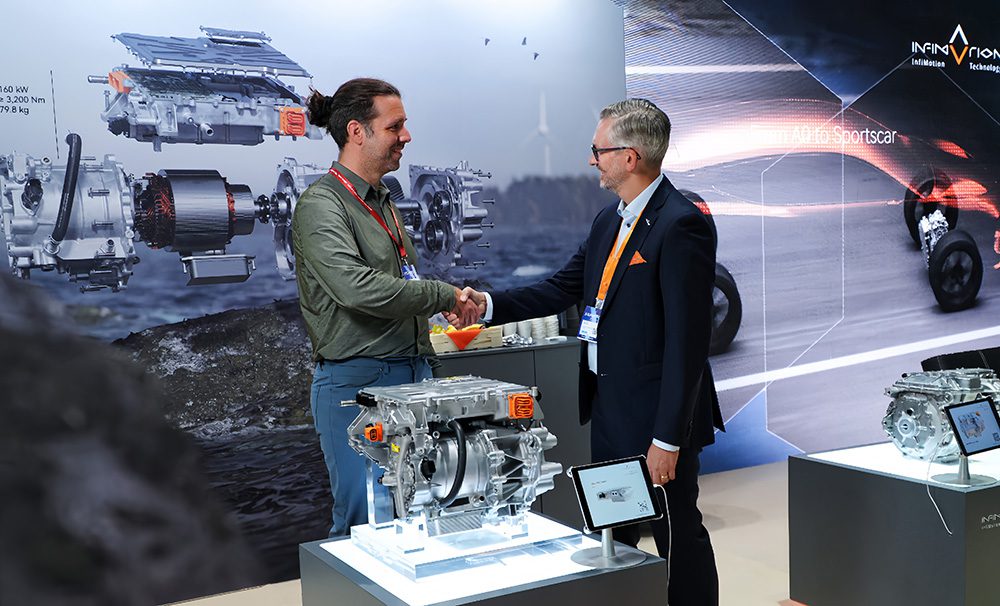In 2018, at California’s Global Climate Action Summit, IKEA CEO Jesper Brodin announced a commitment to using EVs for the last-mile portion of all of its product shipments by 2025.
Now the Swedish retailer says it has already electrified all its local delivery vehicles in Shanghai, and plans to do the same in Los Angeles, New York, Paris and Amsterdam by 2020.
Collaboration is the key to making the transition so quickly, IKEA’s Head of Sustainable Mobility Angela Hultberg told GreenBiz’s Katie Fehrenbacher. “I think collaboration is one of the biggest lessons learned. We can’t do this by ourselves, and this can’t happen in isolation.”
IKEA doesn’t own its own delivery fleet – it relies on around 10,000 vehicles operated by delivery partners that include DHL, UPS and the Swedish and Danish postal service PostNord. For IKEA to realize its ambitious electrification plans, it needs to bring its fleet partners on board.
It’s not such a tough sell, because delivery firms around the world have been testing EVs for some years now, and the savings on fuel and maintenance costs are well documented. A 2018 report from the North American Council for Freight Efficiency found that medium-duty urban delivery vans are excellent candidates for electrification. “What is available today is good enough to start,” Hultberg said. “It’s already here.”
Delivery-industry heavyweights DHL, UPS and FedEx have been buying electric delivery vans for some time. DHL recently announced plans to roll out 63 NGEN-1000 electric delivery vans made by US manufacturer Workhorse. UPS ordered 950 N-GEN vans from Workhorse last June. FedEx ordered 1,000 electric vans from California EV startup Chanje in November.
In Shanghai, IKEA worked with distribution partner Beiye New Brother Logistics and EV leasing company DST to develop an EV and charging platform. “It changed our ways of working a bit, but they were open to it,” said Hultberg. Beiye “was eager to go on this journey with us” and “wasn’t afraid of trying new ways.”
IKEA will continue to collaborate with partners as it electrifies the next four cities on the list, although it may not do things the same way it did in Shanghai. “There are four ways at least to solve this,” said Hultberg. “There’s no blueprint solution.”
Fehrenbacher predicts that other large retailers will soon be getting charged. Etsy and Amazon are also exploring ways to reduce the carbon footprints of their shipping operations.
Source: GreenBiz
































































